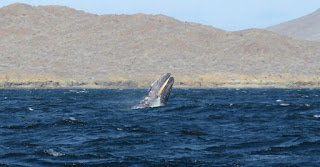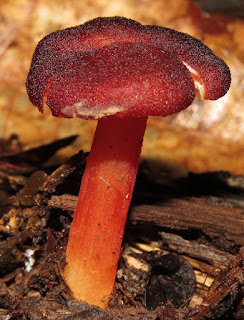If I’m
flying in and out of southern Florida, I try to have WINGS book me a ticket
that lets me visit my siblings who live there. This time I spend five days in
North Fort Myers with my brother and his family on their small plot of land,
hanging out, working on post-tour materials, and even doing a bit of birding in
the local nature reserves.
My brother
took me to one reserve that had a flora I was totally unfamiliar with. I
recognized this only as a member of the annona family; it turns out to be
Netted Pawpaw, Asimina reticulata,
virtually endemic to the Florida peninsula.
I also joined
my sister-in-law, my niece, and my grand nephew to Bunche Beach.
But I didn’t
just sit and relax, I went birding. One of the surprises was finding wintering
Piping Plovers, and furthermore some were banded. This one was banded the
previous year as a juvenile at Sleeping Bear Dunes National Lakeshore in
Michigan .
























